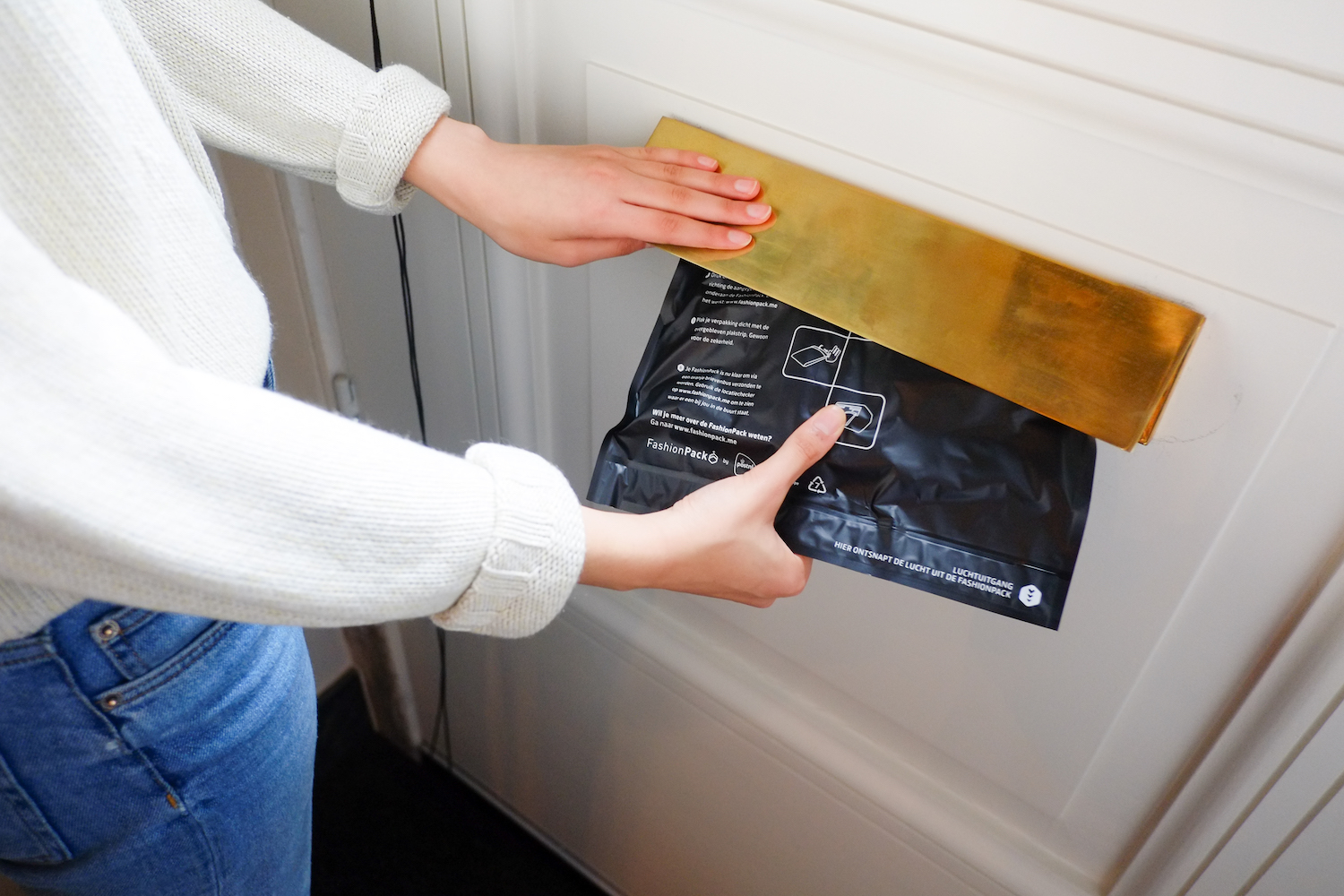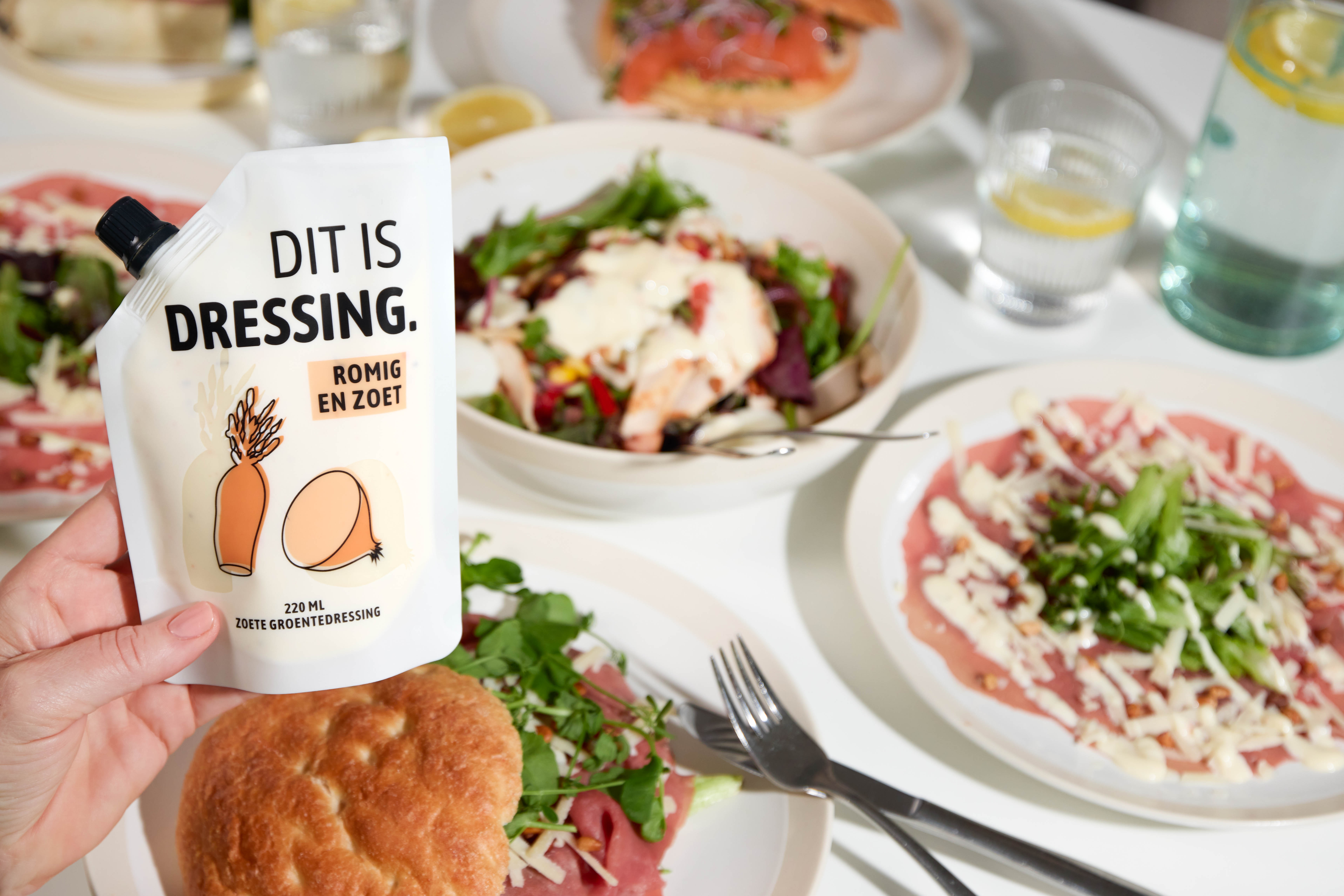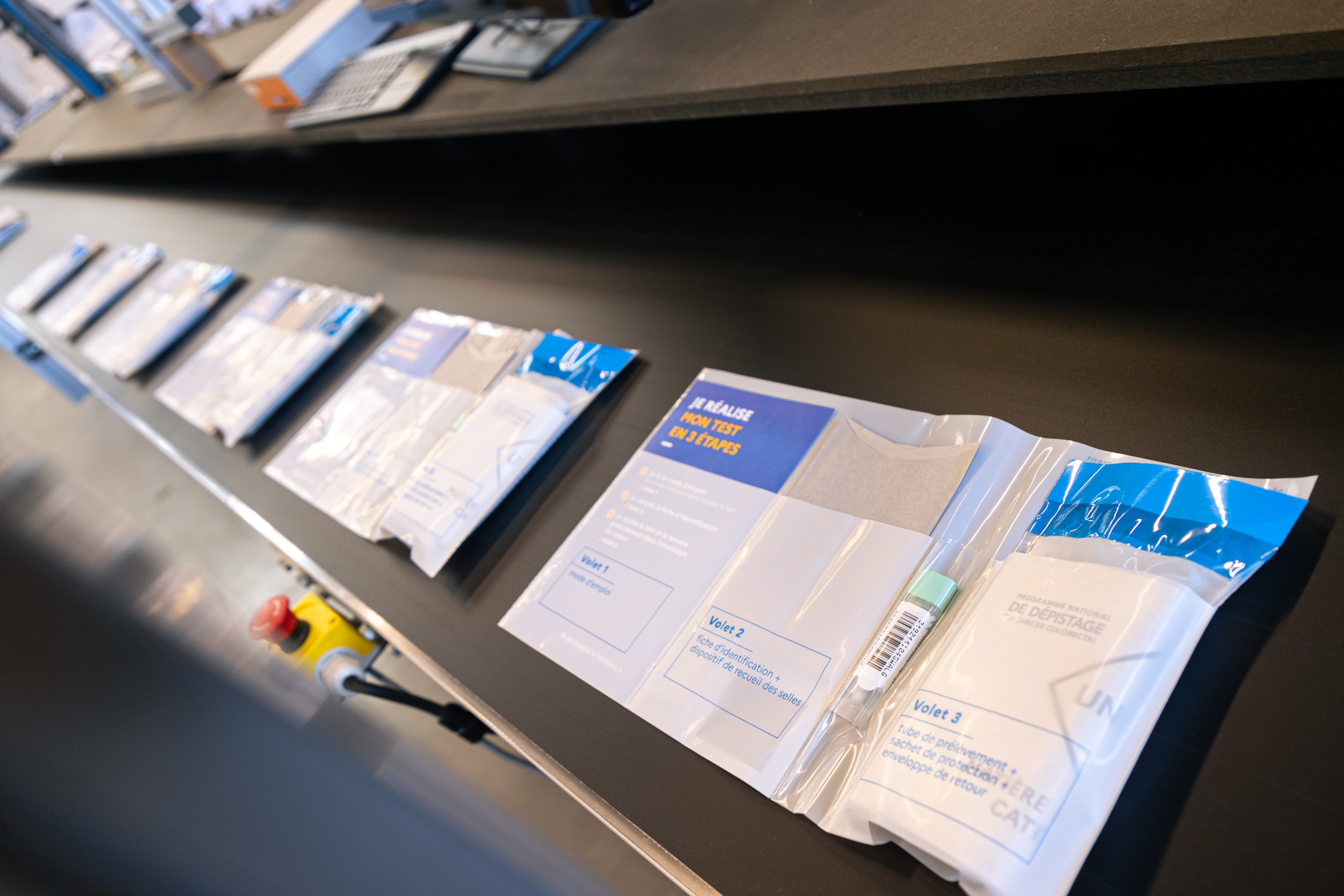


Introduction
Coffee is more than just a beverage; it's an experience. From the rich aroma that fills the air when you brew your morning cup to the complex flavors that dance on your palate, coffee captivates millions worldwide. However, this delightful experience can easily be compromised if the coffee is not packaged correctly. The Art of Coffee Packaging: Techniques to Preserve Flavor is not just about protecting coffee from environmental factors; it’s about ensuring that every sip delivers the same delightful experience as the first. In this comprehensive guide, we'll delve into various techniques and materials used in coffee packaging, focusing on how they help preserve flavor.
The Importance of Packaging in Coffee Preservation
Why Does Packaging Matter?
Packaging plays a crucial role in maintaining the quality and flavor of coffee. Exposure to air, light, moisture, and temperature fluctuations can deteriorate the freshness and taste of coffee beans. Proper packaging protects against these elements and extends shelf life.
Types of Coffee Packaging
Foil Bags
Foil bags are a popular choice due to their barrier properties against light and oxygen.
Kraft Paper Bags
While eco-friendly, these bags may require additional lining for maximum protection.
Stand-Up Pouches
These pouches are convenient for retail display and often come with resealable options.
Glass Containers
While not commonly used for long-term storage in stores, glass containers effectively preserve freshness at home.
How Does Packaging Affect Flavor?
The right packaging can significantly influence how well flavors develop over time. For example, nitrogen-flushed bags keep oxygen at bay, preventing oxidation and staleness.
Materials Used in Coffee Packaging
1. Foil Lamination
Foil lamination combines various materials to create a barrier against moisture, oxygen, and light. This technique is essential for preserving the delicate flavors of freshly roasted coffee.
2. Biodegradable Materials
With growing environmental concerns, many companies are turning to biodegradable or compostable stand-up pouches. These sustainable packaging solutions reduce waste while providing adequate protection.
3. Recycled Materials
Utilizing recycled packaging not only supports sustainability but also appeals to eco-conscious consumers looking for responsible Co packing retail packaging solutions.
Innovative Techniques in Coffee Packaging
1. Nitrogen Flushing
Nitrogen flushing involves replacing oxygen inside coffee packages with nitrogen gas to prolong freshness and flavor integrity.
2. One-Way Valves
These valves allow gases released by freshly roasted coffee to escape while preventing external air from entering the package—essential for maintaining optimal flavor.
3. Vacuum Sealing
Vacuum sealing removes air from packages to minimize oxidation effects drastically, keeping your coffee fresher longer.
Sustainable Practices in Coffee Packaging
1. Compostable Options
Compostable packaging offers a way for consumers to enjoy their favorite brews while reducing their carbon footprint—an attractive feature for modern consumers.
2. Recyclable Solutions
Packaging that can be easily recycled helps lessen environmental impact without compromising product quality or safety during storage.
Retail Packaging Solutions for Coffee Companies
1. Custom Designs
Tailoring retail packaging solutions can enhance brand image while improving product appeal on store shelves.
2. Information Labels
Providing consumers with clear information about sourcing and brewing methods enhances trust and allows them to make informed choices about their purchases.
The Art of Branding Through Coffee Packaging Design
1. Visual Appeal
Attractive designs capture consumer attention and communicate brand values effectively—important factors in a crowded market.
2. Informative Graphics
Incorporating graphics that highlight unique selling points (like fair-trade certification) educates consumers while reinforcing brand messaging.
FAQ Section
1. What is the best type of material for coffee packaging?
The best material typically depends on several factors including cost, sustainability preferences, and desired shelf life; however, foil bags with one-way valves are commonly recognized as highly effective at preserving flavor.
2. How does nitrogen flushing work?
Nitrogen flushing replaces oxygen inside the package with nitrogen gas which helps maintain freshness by preventing oxidation—a key factor in flavor preservation.
3. Can I use regular plastic bags for storing coffee?
Regular plastic bags do not provide sufficient barriers against light and air exposure; hence they're not recommended for long-term preservation of flavor in coffee beans.
4. Are there compostable stand-up pouches available?
Yes! Many companies now offer compostable stand-up pouches designed specifically for food products like coffee—great choices for environmentally conscious businesses!
5. How important are labels on retail coffee packages?
Labels play a significant role as they inform customers about product details like origin, roast date, brewing recommendations—which enhances customer engagement!
6. Is it possible to recycle all types of coffee packaging?
Not all types are recyclable; it varies by material used (e.g., foil vs paper). Always check local recycling guidelines before disposal!
Conclusion
In conclusion, mastering The Art of Coffee Packaging: Techniques to Preserve Flavor involves much more than merely placing beans into bags—it encompasses selecting appropriate materials like foil lamination or compostable stand-up pouches while considering innovative techniques such as nitrogen flushing or vacuum sealing that safeguard quality over time! With sustainable practices gaining momentum across industries—including those utilizing recycled or biodegradable options—the future looks bright for both brands committed towards innovation AND environmentally conscious consumers seeking responsible choices WITHOUT sacrificing taste!
By understanding these intricacies within this vital aspect surrounding Custom Packaging our beloved beverage—coffee—you'll surely appreciate each cup even more knowing what goes into its preservation journey!